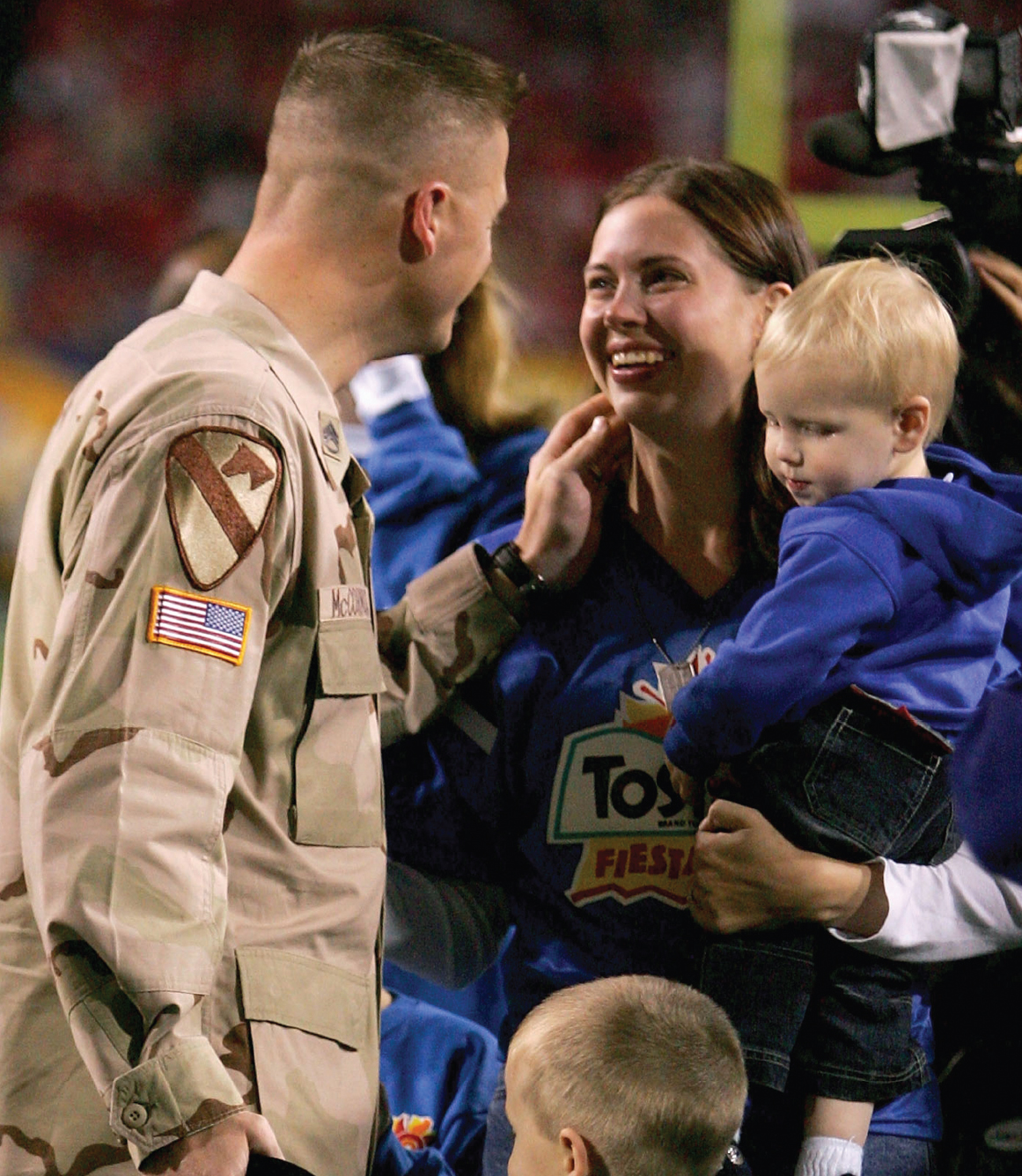7
Developing and Maintaining Relationships

LearningCurve can help you master the material in this chapter. Go to the LearningCurve for this chapter.
Mary Marquez is a U.S. Army wife. She’s strong; she has to be. For a good part of the year, she manages her job, two teenage sons, the house and its bills and maintenance, and her relationships, all while missing—
Mary and Justin are like many other families whose military-
The distance and time zone differences can make connecting in real time difficult, though; when family members miss a connection, it can lead to hard feelings and misunderstandings. For example, one of Mary’s friends described how disgruntled her husband became when she and the kids weren’t at home waiting for his call.
chapter outcomes
After you have finished reading this chapter, you will be able to
- Explain key aspects of interpersonal relationships
- Describe why we form relationships
- List ways to manage relationship dynamics
- Describe the factors that influence self-
disclosure - Outline the predictable stages of most relationships
As you learned in Chapter 1, people need to be in relationships with other people: relationships help us meet many needs, such as companionship and intellectual stimulation. Could Frodo of The Lord of the Rings have survived without the help of his friend Samwise Gamgee helping to stave off the evil effects of the ring? Of course not! The military family we described here are no different; their relationships are important to their survival, too.
In this chapter, we focus on interpersonal relationships, the interconnections and interdependence between communicators. To understand these relationships, we need to be aware of the role communication plays in them. Interpersonal communication is the exchange of verbal and nonverbal messages between people who build relationships, share meanings, and accomplish social goals (Burleson, 2010). You engage in interpersonal communication in your most intimate relationships—
So let’s take a closer look at interpersonal relationships and the communication that takes place in them by examining the types of relationships we form, why we do so, and what happens once we’re in them.